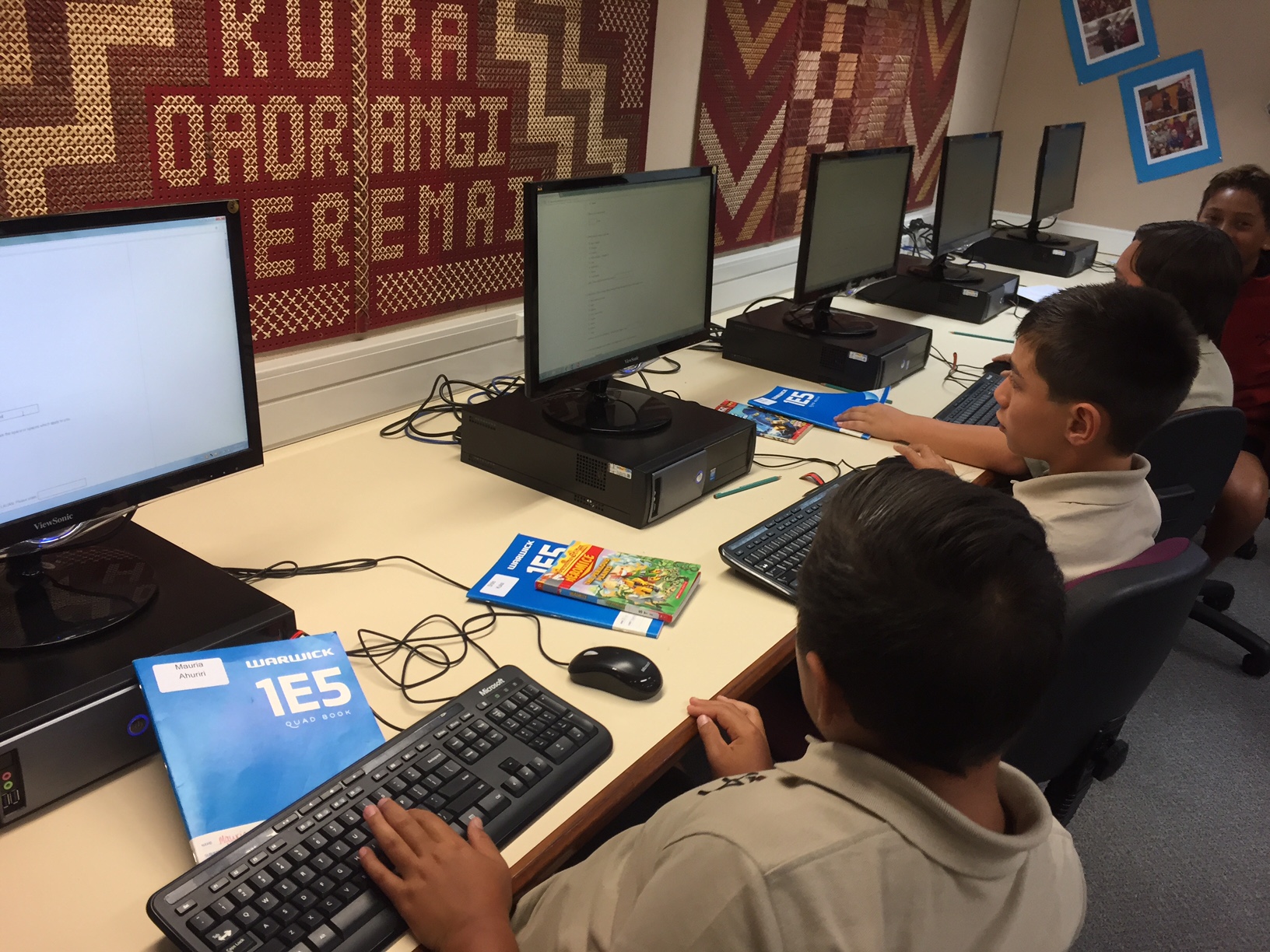Six in 10 schoolchildren taking part in the national CensusAtSchool TataurangaKiTeKura reported that they received pocket money, an allowance or a cash gift the week before participating, getting a median of $15.
The insight has emerged from early results of CensusAtSchool, an online, biennial statistics project that shows students the relevance of statistics to everyday life. In class, Year 5 to Year 13 students (aged 9 to 18) use digital devices to answer 35 online questions in English or te reo Māori, providing a unique snapshot of Kiwi childhoods.
The census asked how much money students had received in the past week, whether pocket money, an allowance or a gift. Fifty-nine per cent said they had received something, with the median amount (the middle amount in the range reported) $15.
A quarter of those students received $1-$6, and another quarter got $30 or more.
Breaking the numbers down further, primary school students received a median of $10. Secondary school students got a median of $20.
CensusAtSchool co-director Rachel Cunliffe, a mother of four, says that pocket money is a perennial topic of conversation among parents. “There are a lot of questions,” she says. “Should you give your kids pocket money? If so, at what age, and how much? Should pocket money be tied to completing chores, or not? And should we incentivise the kids to save their pocket money?”
She adds, “There’s no rulebook on this – but there does come a time when your kids start asking. My eldest, who’s eight, has just started asking about pocket money as some of his friends now get an allowance, so my husband and I have been deciding our approach.”
CensusAtSchool also asked whether students had part-time jobs. Overall, more boys (25%) than girls (18%) had part-time work in the week before they did the census. Boys were earning more money (a median of $30) than girls ($20).
Just 18% of primary-school students had part-time jobs, earning a median of $15.
A total of 28% of high-school students had part-time jobs, earning a median of $80. Of that group, a quarter reported earning $160 or more a week.
CensusAtSchool also asked students how much money they spent and gave away. A total of 24% of students reported spending or giving away more in the previous week than they had received or earned that week.
This year’s edition of CensusAtSchool started on February 7. Teachers can register their classes and take part at any time before it finishes on July 7. CensusAtSchool is part of an international effort to boost statistical capability among young people, and is carried out in Australia, the United Kingdom, Canada, the United States, Japan and South Africa. The countries share some questions so comparisons can be made.
In New Zealand, CensusAtSchool started 2003, and is run by the University of Auckland’s Department of Statistics with support from Statistics NZ and the Ministry of Education.









